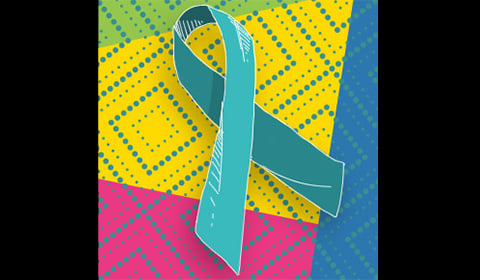What they are
You may have heard of warts that some people can get on their hands or feet. Well, genital warts are similar (in look and annoyance factor!), except that they appear on your genitals. They are a common sexually transmitted infection and consist of small fleshy lumps, which are caused by the Human Papilloma Virus (HPV).
How you get them
You can get genital warts through close skin contact (including unprotected sex) with someone who has HPV. If you can’t see any warts, that doesn’t mean the coast is clear. You could get the virus (and pass it on too) even if there are no visible signs of the virus.
The symptoms
Similar to other STDs, there are often no symptoms. Sometimes the warts will appear inside the vagina, so they’ll be pretty tricky to see. They can also appear on the outside of the genitals as skin coloured growths (on both guys and girls) and they might hurt, itch or bleed.
Treatment
Although they can be uncomfortable, there is some good news. The body’s immune system will usually cause most warts to disappear without treatment after about six months. Many people just wait for the warts to go away on their own. But some larger warts may need to be treated. It’s best to ask your doctor for their professional opinion.
When to see a doctor
Some strains of HPV have been shown to increase the risk of Cervical Cancer, so if you think you might have genital warts it's a good idea to go see your doctor. You can also ask your doctor about the HPV vaccine.
The advice provided in this material is general in nature and is not intended as medical advice. If you need medical advice, please consult your health care professional.
















